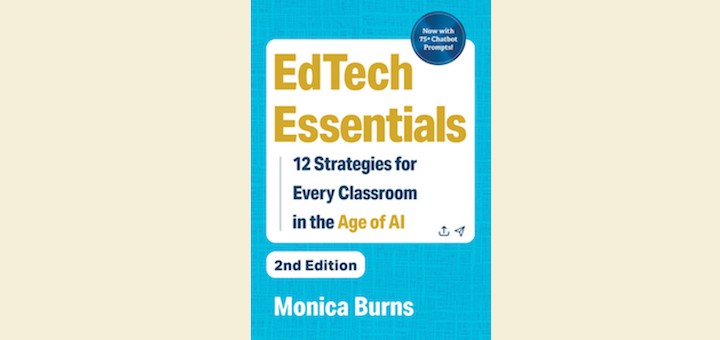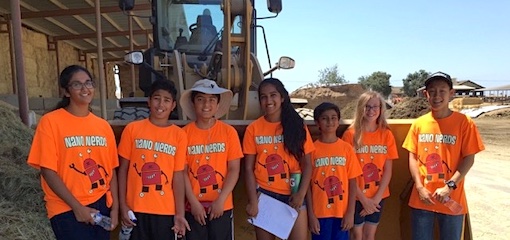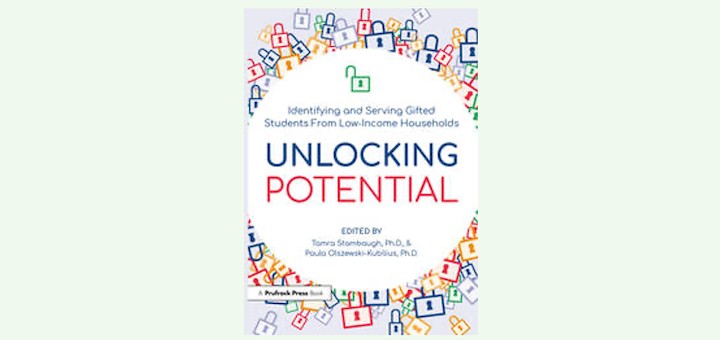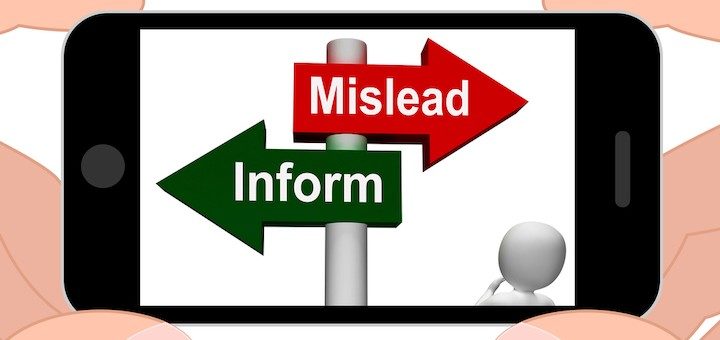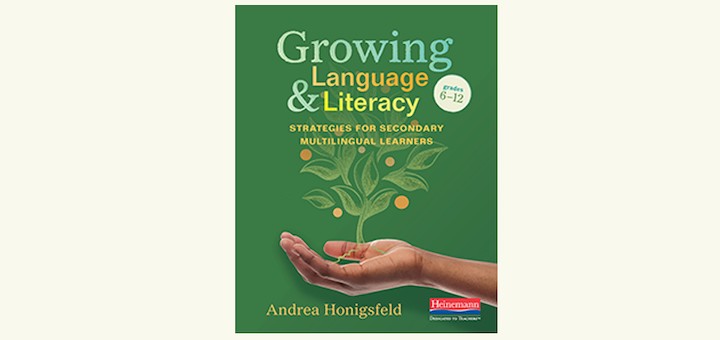Teaching and learning in grades 4-8
Ron Williamson and Barbara Blackburn advocate for a three-step teacher evaluation process that emphasizes pre- and post-observation conferences designed to promote full teacher ownership and collaboration, with an emphasis on recognizing strengths and planning for growth.
Whether you’re curious to bring artificial intelligence into your lesson planning – or the rapid evolution of AI has you feeling anxious – Monica Burns’ “EdTech Essentials: 12 Strategies for Every Classroom in the Age of AI” can help guide you in the effective use of new technologies.
In the conclusion of their two-part series on supporting student research, our classroom teacher-authors share an Inquiry Chart tool educators can use to coach middle graders as they discuss how their findings are coming together, annotate their work, and plan next steps.
We can spark student interest in STEM studies and careers with stories of middle school-aged inventors who gained the world’s attention by solving a real problem. STEM author and curriculum expert Anne Jolly tells the story of eight such kids. Editable student handout included!
Tamra Stambaugh and Paula Olszewski-Kubilius provide a guidebook to move forward with gifted programs that meet the needs of students living in poverty. “This will be a resource that shapes our gifted education program a long time into the future,” writes district coordinator Kim Rensch.
In her 3rd article offering questions to help grow critical readers, Marilyn Pryle says we must help students examine what a text is HIDING. “To navigate the information that bombards them outside of school, students must have the skills to detect the bias, lie, or hidden intention.”
Social studies teacher Lauren Brown makes the case that learning about the history and culture of Judaism, Christianity & Islam is critical for today’s middle school students and offers a useful guide that she believes can help with curriculum development and lesson planning.
Whatever classes you teach, it can be a tremendous challenge to find engaging texts that help students develop key literacy skills. Teacher educator Curtis Chandler offers resources to find nonfiction texts online and, if needed, ready them for students with assists from AI.
This fall with some tweaks and fresh online tools and resources, Halloween can be fun and packed with learning. Check out MiddleWeb’s updated resource collection for ideas across the content areas.
Andrea Honigsfeld seamlessly integrates theory with real-world classroom scenarios in Growing Language and Literacy. Her emphasis on differentiated instruction benefits the book’s audience: teachers of multilingual learners. Helpful to veteran and new teachers alike.


